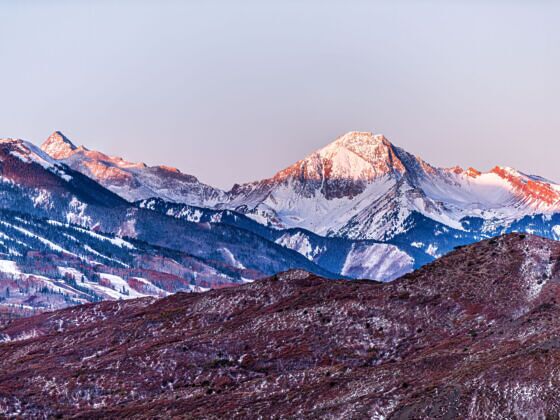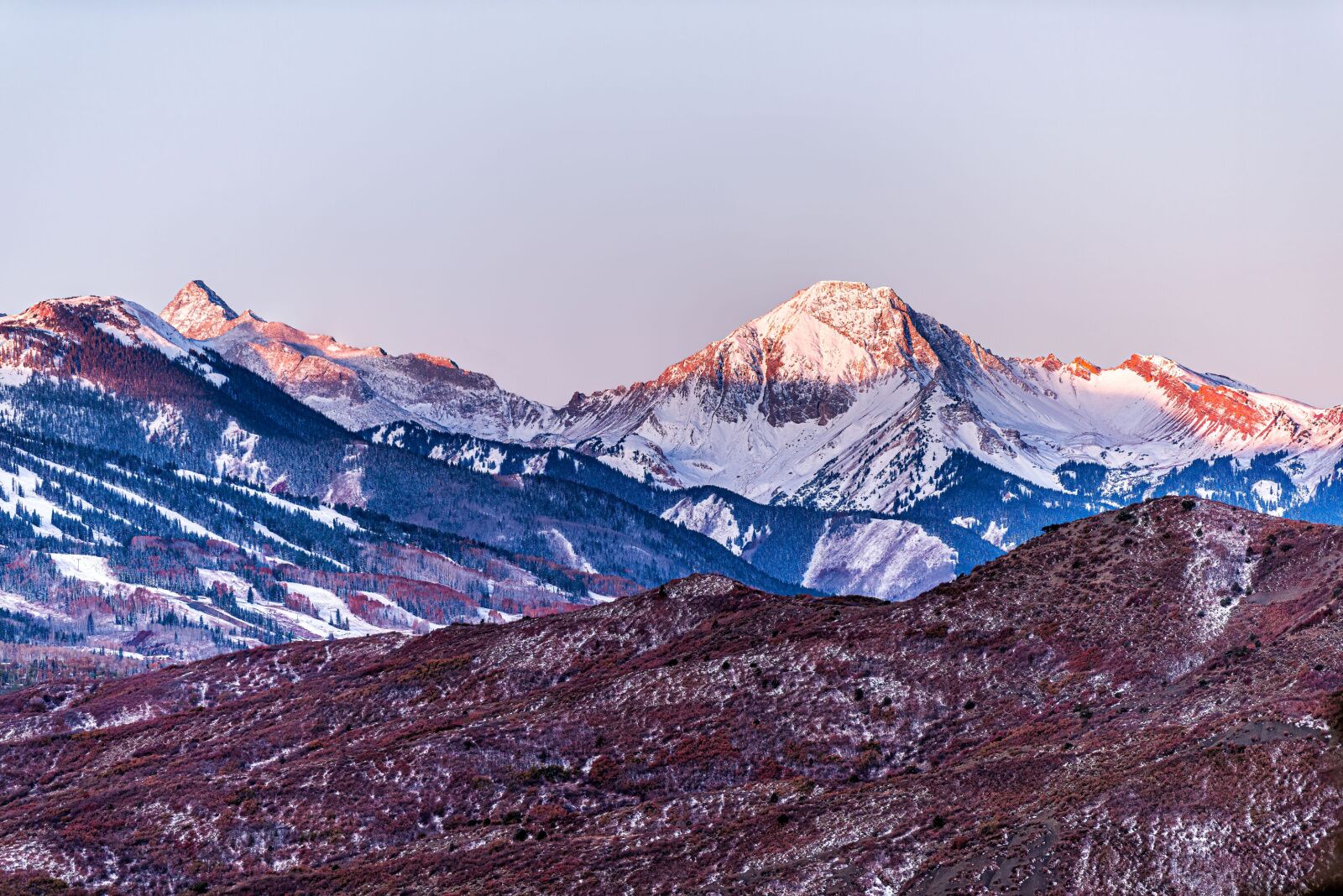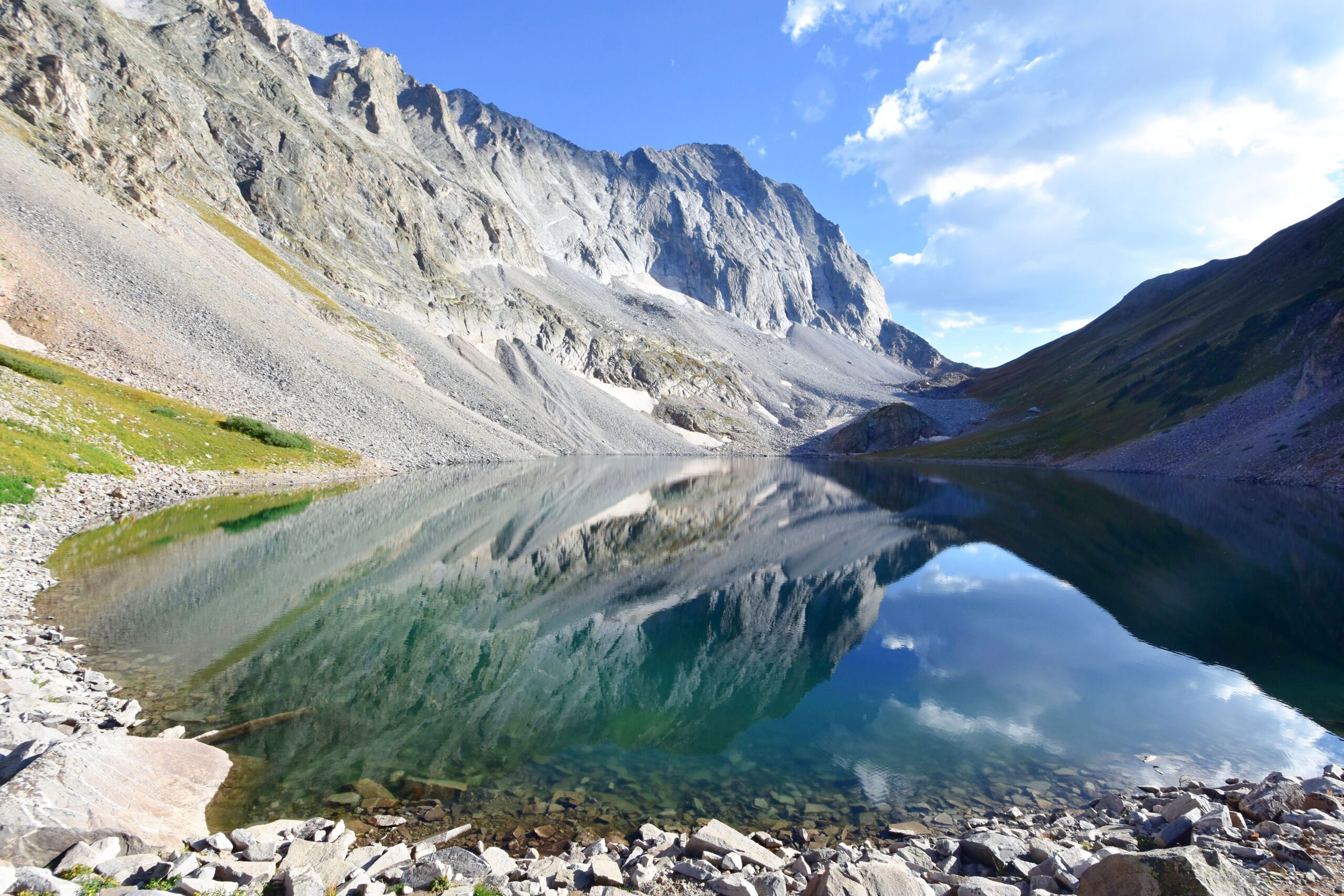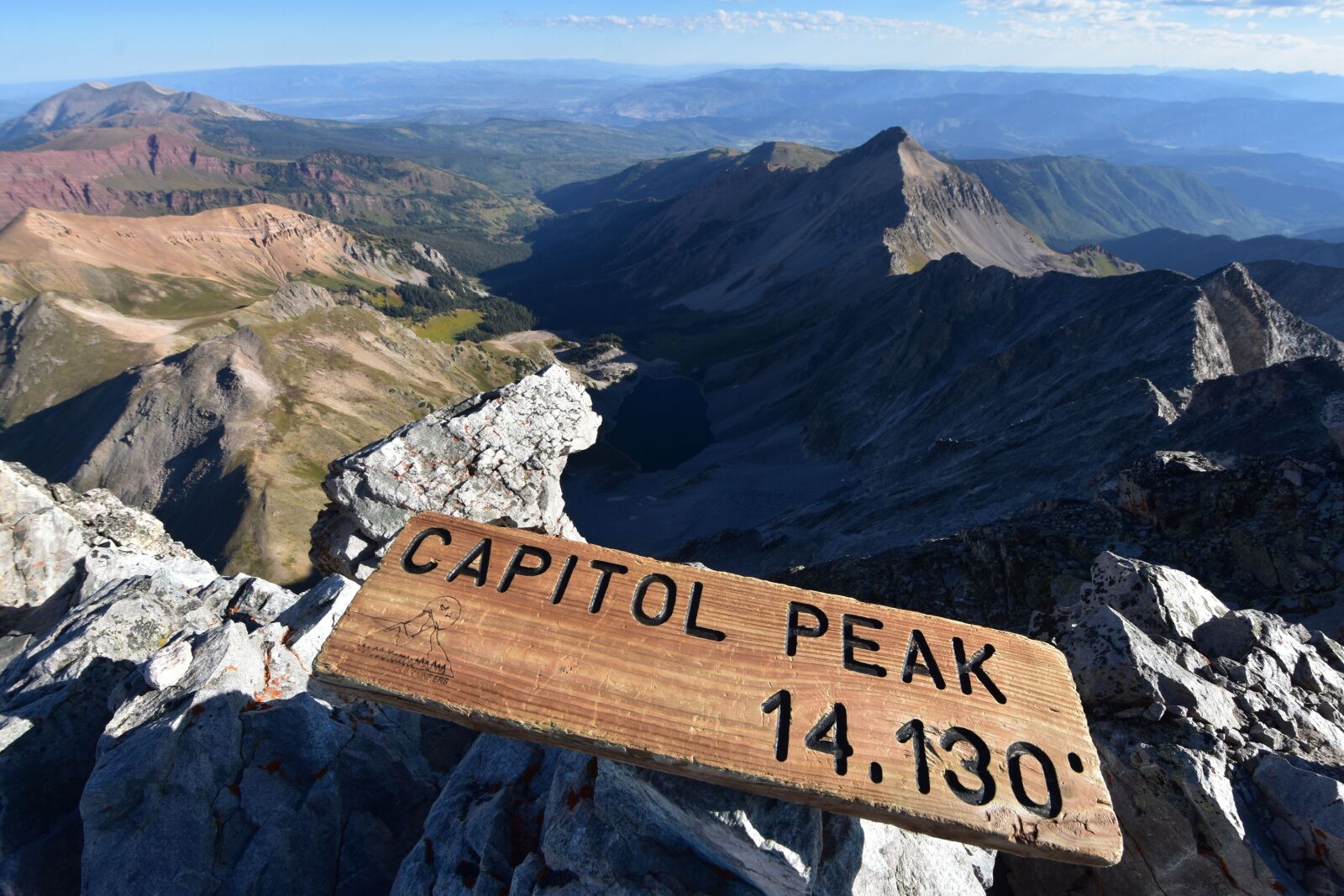Capitol Peak in Colorado is an iconic Colorado hike that draws outdoor adventurers from all over the world. Located within the Maroon Bells-Snowmass Wilderness area, Capitol Peak stands at 14,131 feet above sea level and offers stunning views of the Elk Mountain range.
It’s also known as being one of the hardest 14’ers — mountains with summits more than 14,000 feet above sea level — in the entire state (and maybe the country).



